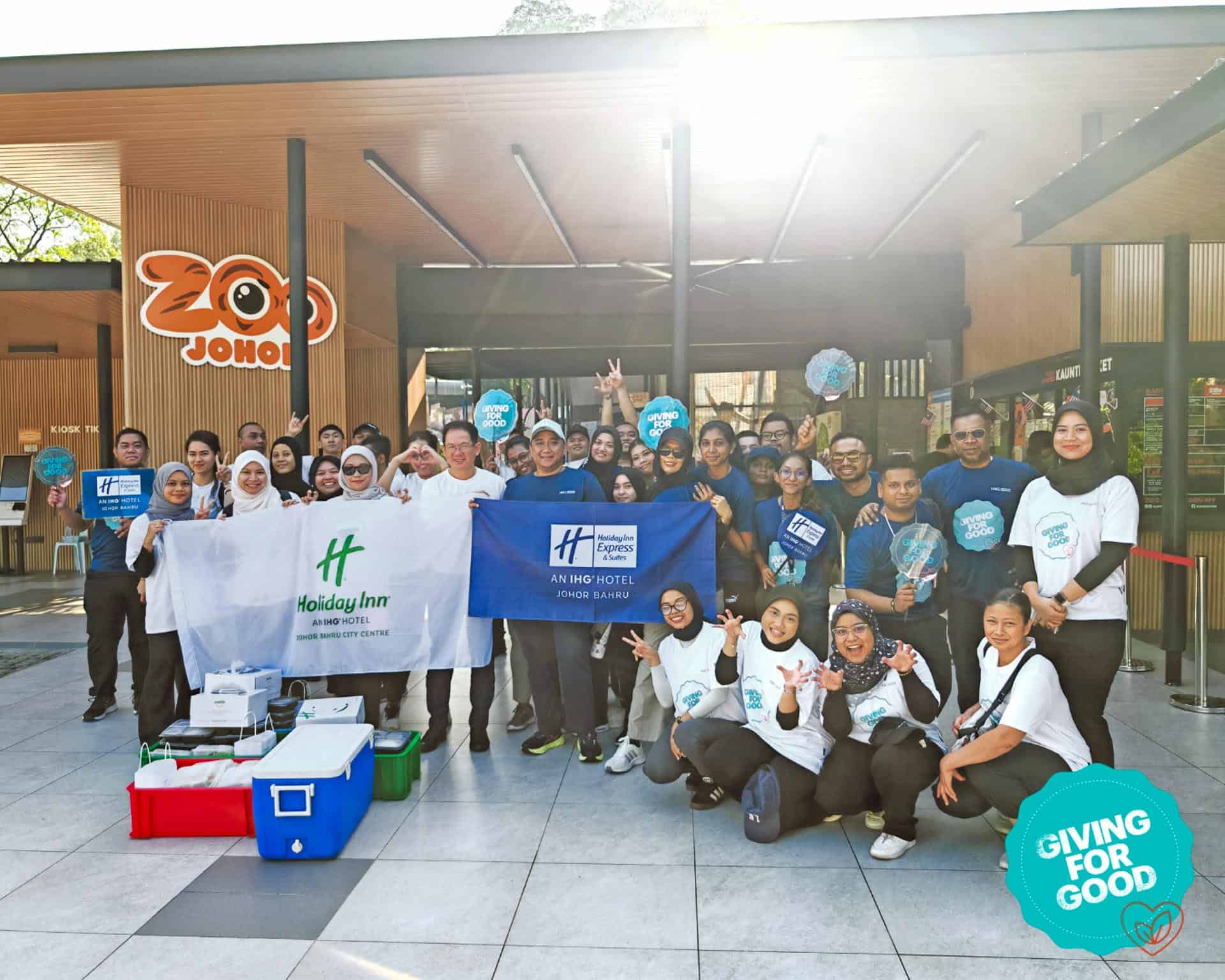
A new global survey, commissioned by Kaspersky, explores the role of healthy digital habits in the family, as well as the effect of parents’ behavior on children and vice versa
19 November 2021 – A new study by Kaspersky has shown a direct correlation between how much time parents and their children spend on devices. With 82% of adults and 70% of little ones spending at least three hours on gadgets every day, the data shows that kids are likely to copy the amount of time their parents spend using devices.
Children are always observing and copying what their parents do – this is also the case when it comes to their digital habits. If kids can see that their parents are constantly using their devices, they will consider such behavior the norm and spend a lot of time online. Although sometimes it can be hard to be a role model, parents should be conscious of their actions on their children’s behavior and attempt to lead by example when it comes to rules around screen time.
The study results demonstrate the correlation between the amount of screen time of parents and children. The majority of kids and adults – 48% each use their devices at the same time during the day – for 3-5 hours. Additionally, the majority of parents are convinced that both they (62%) and children (58%) spend a sufficient amount of time online.
In addition to this, the results show that kids actively adapt the way they use devices based on their parents’ usage. For example, when 80% of parents spend less than 2 hours a day on devices, their children do too. Meanwhile, if adults use their gadgets more than 2 hours per day, kids are just as likely to do the same, with only 19% of cases showing that children who are exposed to this example engage with gadgets less than 2 hours a day.
At the same time, according to the reports’ results, children whose parents regularly use devices spend more time behind the screen on various digital habits. For example, kids whose parents commonly use gadgets spend an additional 39 minutes online during meals. Meanwhile, texting while carrying on conversations adds to children an average of 41 minutes of screen time and sharing family photographs on social media adds a further 31 minutes per day – time that really adds up.
“As we see from the data – the more hours parents spend on gadgets, the more hours kids are likely to spend on theirs. Parents want to ensure better screen-time balance for their children and their main challenge is how to achieve this. Today there are tools available that can help parents improve digital wellbeing for their kids and ensure their screen time is secure and balanced. Setting an example themselves is also a great option,” comments Marina Titova, Vice President, Consumer Product Marketing at Kaspersky.
“Children benefit far more from tangible interaction with the real world than from consuming digital information. Children younger than twelve, for example, still have a long way to go before their capacity for abstraction is comparable to that of an adult. They first have to learn to feel, hear, see, smell and taste the world.
In our practice, too, parents and families’ use of digital media is always a prominent topic. Many parents are convinced that it is sufficient to clearly regulate their children’s media time and control the type of content they have access to. But instead of worrying about effective punishments, parents should first reduce their own media consumption.” comment therapists Birgitt Hölzel and Stefan Ruzas from the Munich practice Liebling + Schatz.
The full report is available via this link.
If you want to help your children and ensure they are using devices in a secure way, you can:
About the survey
In September 2021, Kaspersky commissioned Sapio to conduct an online survey of 11,000 respondents to explore the role of healthy digital habits in the family, as well as the effect of parenting habits on children and vice versa. The survey involved adults who live with their children aged 7-12 years old, full-time. The sample included 1,000 respondents from the UK, France, and Germany; and 500 in each of the following: US, Turkey, Egypt, Brazil, Colombia, Russia, South Africa, Malaysia, Singapore, UAE, Saudi Arabia, Nigeria, Peru, Chile, Argentina, and Mexico.